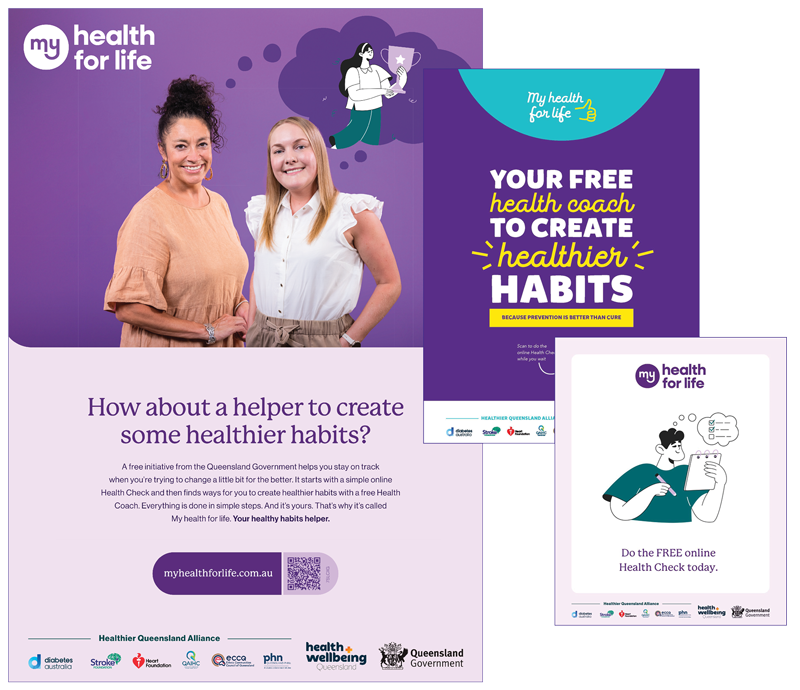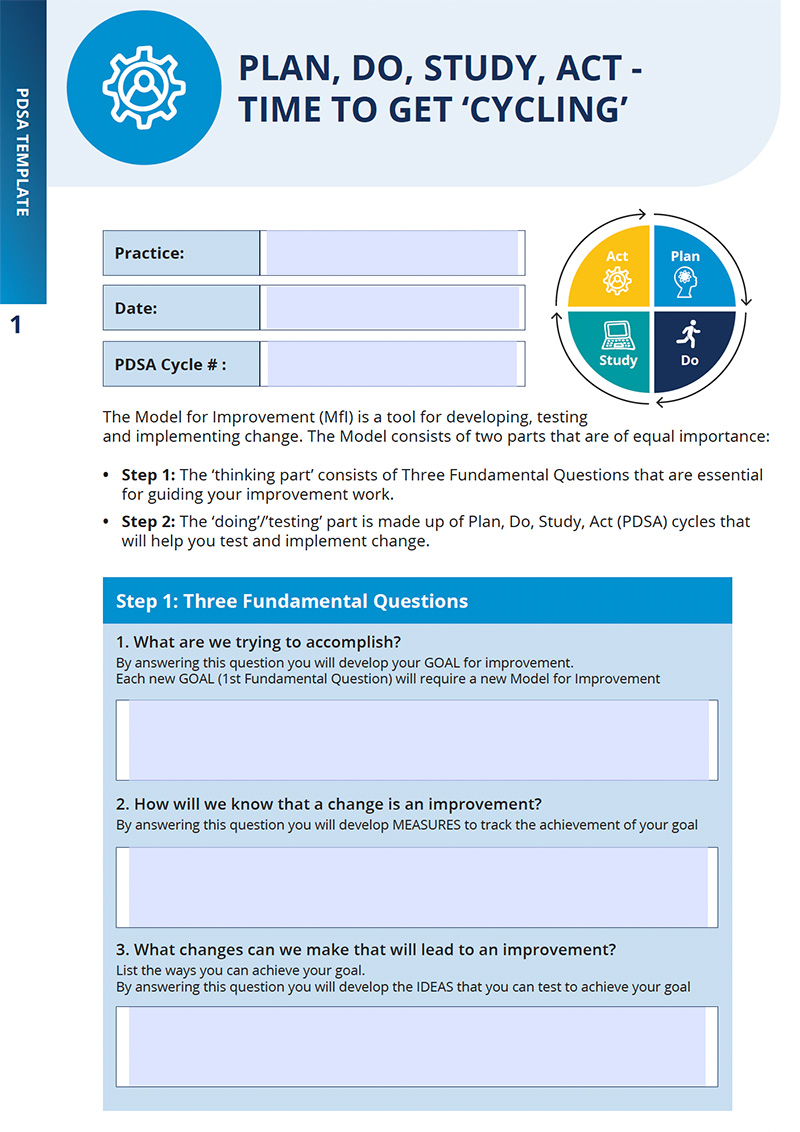Chronic diseases such as type 2 diabetes, heart disease, and stroke remain among the leading causes of morbidity and mortality in Australia.1 Yet, many of these conditions are preventable through early intervention and lifestyle modification. There is a clear need for preventative health programs; 66% of Queenslanders are overweight or obese, 93% don’t eat enough vegetables and 43% don’t get enough physical activity.2
My Health for Life (MH4L) is a free, chronic disease prevention initiative using an evidence-based health coaching program to support Queenslanders in making sustainable changes to reduce their risk of chronic disease.
This QI Toolkit equips primary care providers with the resources to integrate My Health for Life referrals into routine practice, promoting proactive healthcare rather than reactive treatment. By embedding prevention into everyday consultations, general practices can play a pivotal role in improving population health outcomes and reducing the burden of chronic disease.



